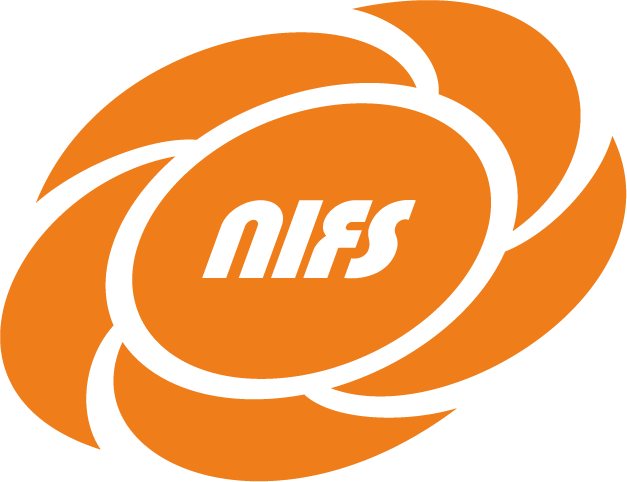Description
A traveling wave antenna consisting of a slotted waveguide with corrugated walls has been developed for lower hybrid fast wave (LHFW) experiments in KSTAR plasmas [1]. n_(∥0) increases from 2.1 to 2.6 as the frequency increases from 2.4 GHz to 2.5 GHz. Plasma coupling simulations show that the coupling efficiency reaches nearly 60% and imply that controlling the gap distance to be shorter than 𝜆𝑔/4 (~14 mm) is an important factor in fast wave coupling. The slotted waveguide antenna is manufactured from a single copper body, except for its thin slotted front surface, to minimize the RF loss. The vector network analyzer (VNA) measurements are in good agreement with the simulation results. The antenna is successfully installed on KSTAR together with waveguides and vacuum RF windows. Low power coupling experiments using a signal generator are performed to evaluate the coupling efficiency during KSTAR discharges. In this workshop, the design results and experimental efforts to develop the LHFW antenna are reported along with preliminary results on low power coupling in KSTAR plasmas.
References
[1]JongGab Jo, S.H. Kim, H.H. Wi, J. Kim, and S.J. Wang, Fusion Engineering and Design, under review
